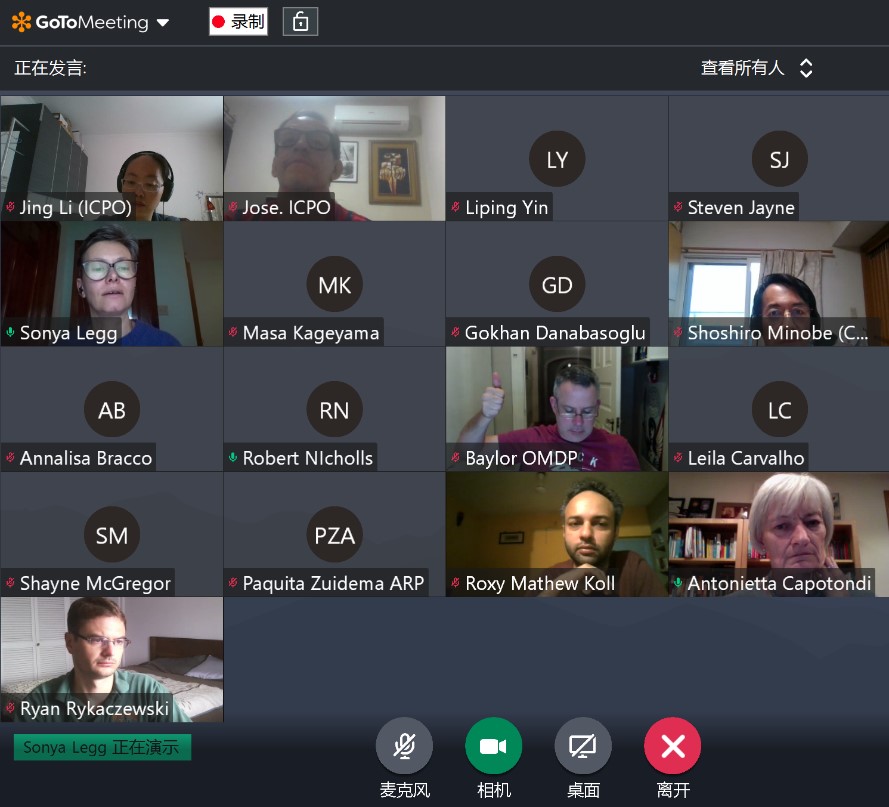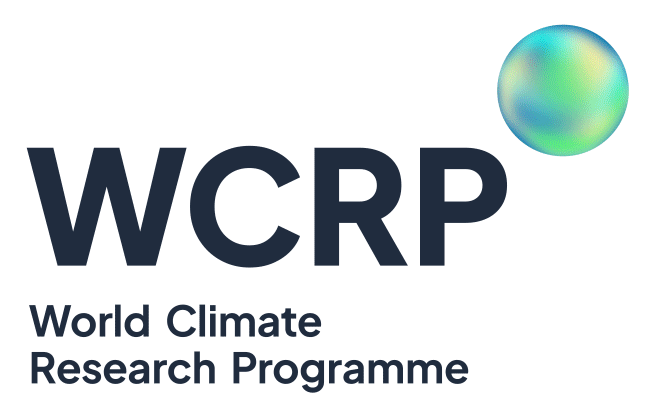3rd CLIVAR Community Telecon held in November to discuss the WCRP Implementation Plan

The 3rd CLIVAR community Teleconference was organised on 19th November 2020, with the participation of representatives from the CLIVAR Scientific Steering Group (SSG), Panels and Research Foci, and the WCRP Grand Challenge on Regional Sea Level Change and Coastal Impacts (SL GC). The main focus of this meeting was to update the progress of the CLIVAR internal assessment for the alignment to the new WCRP structure and implementation strategy. The internal assessment was conducted via a questionnaire developed by Sonya Legg, CLIVAR SSG co-chair, in order to explore how the current and planned panel activities could be mapped onto the new WCRP Lighthouse Activities (LHAs); connection between CLIVAR panels to the two new ‘homes’ of WCRP; and additional suggestions for restructuring CLIVAR. The summary of the questionnaire feedbacks received from CLIVAR community has been presented by Sonya Legg, with additional comments and suggestions from participants during the discussion session. All those messages have been brought to the Extraordinary Session of the WCRP Joint Scientific Committee, which was organised from 30th November – 3rd December 2020.
Though final decisions for the CLIVAR internal assessment and proposal are still under discussion, and is expected to be finalised in early 2021 (during the CLIVAR SSG meeting), the preliminary recommendations from CLIVAR community include:
- Possibly make GSOP (Global synthesis and observations panel) and OMDP (Ocean Model Development Panel) joint panels with new Earth System Modeling and Observational Capabilities “home”.
- Retain all regional panels as homes of regional expertise, but encourage direct links with relevant Lighthouse Activities (LHAs) & new ‘homes’, encourage better integration of models and observations.
- Strengthen communication among CLIVAR panels, e.g. via cross-panel workshops.
- Post-pandemic, retain virtual meetings for panel business, in person meetings for focused science workshops.
- Diversity: CLIVAR already considers geographical and gender diversity for panelists. Include early career scientists (e.g. from YESS) on all panels, especially from less well represented countries. More virtual meetings will enable more ECS participation.
- Sea-level GC is a model for connecting scientists across disciplines with user community – need to retain these links within LHAs (e.g. ‘My climate risk’ and Safe landing climates).
- WCRP must ensure mechanisms for core projects to connect their expertise with LHAs.
CLIVAR has communicated the new WCRP plans with collaborators, including: SCOR (The Scientific Committee on Oceanic Research), IMBeR (Integrated Marine Biosphere Research), POGO (Partnership for Observation of the Global Ocean), SOLAS (Surface Ocean Lower Atmosphere Study), PICES (North Pacific Marine Science Organization) (joint WG on climate and ecosystem predictability) and etc., and this is an ongoing process.
CLIVAR also views the UN Ocean Decade as a route for connecting CLIVAR/WCRP science with public/user communities.











Add new comment